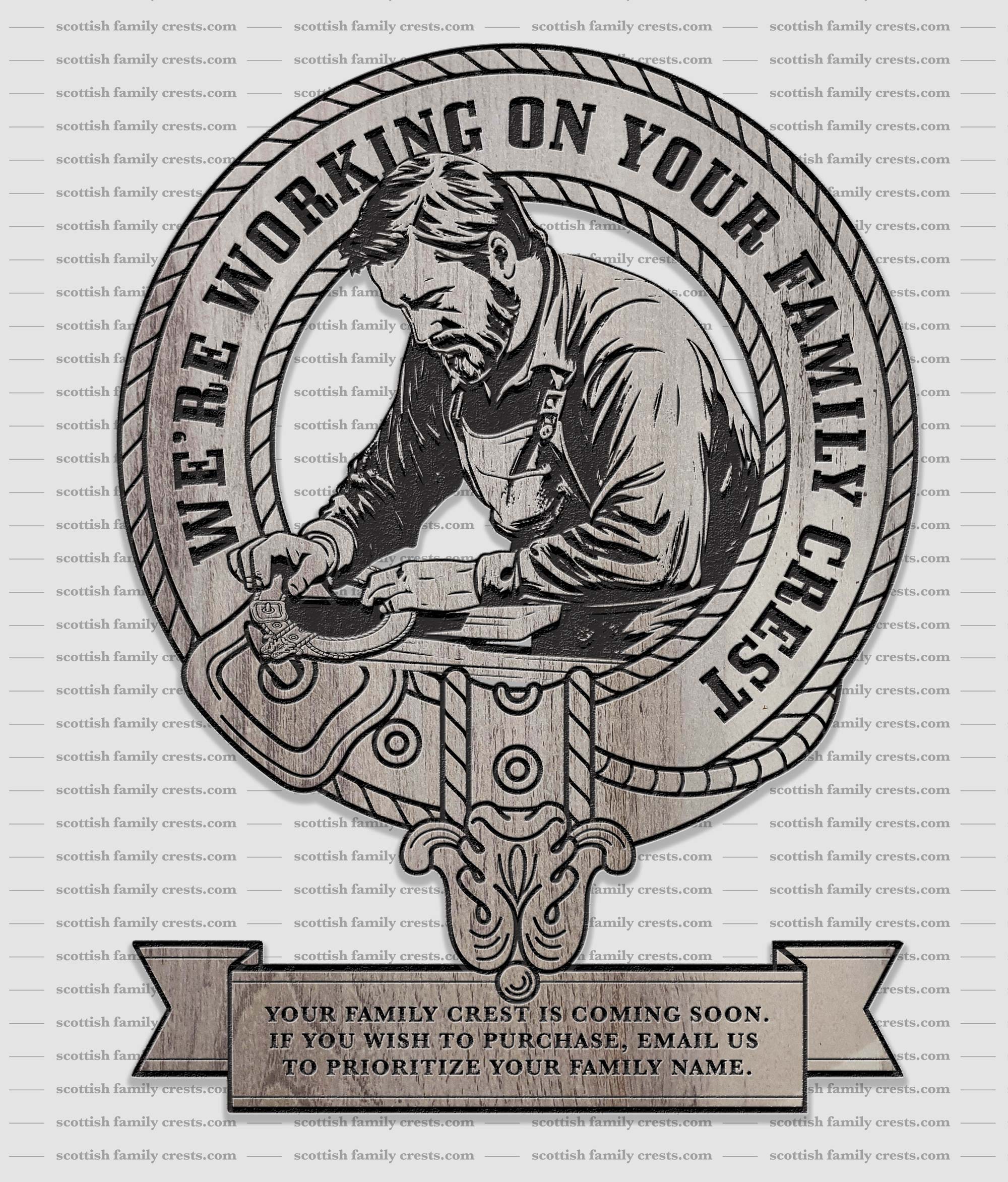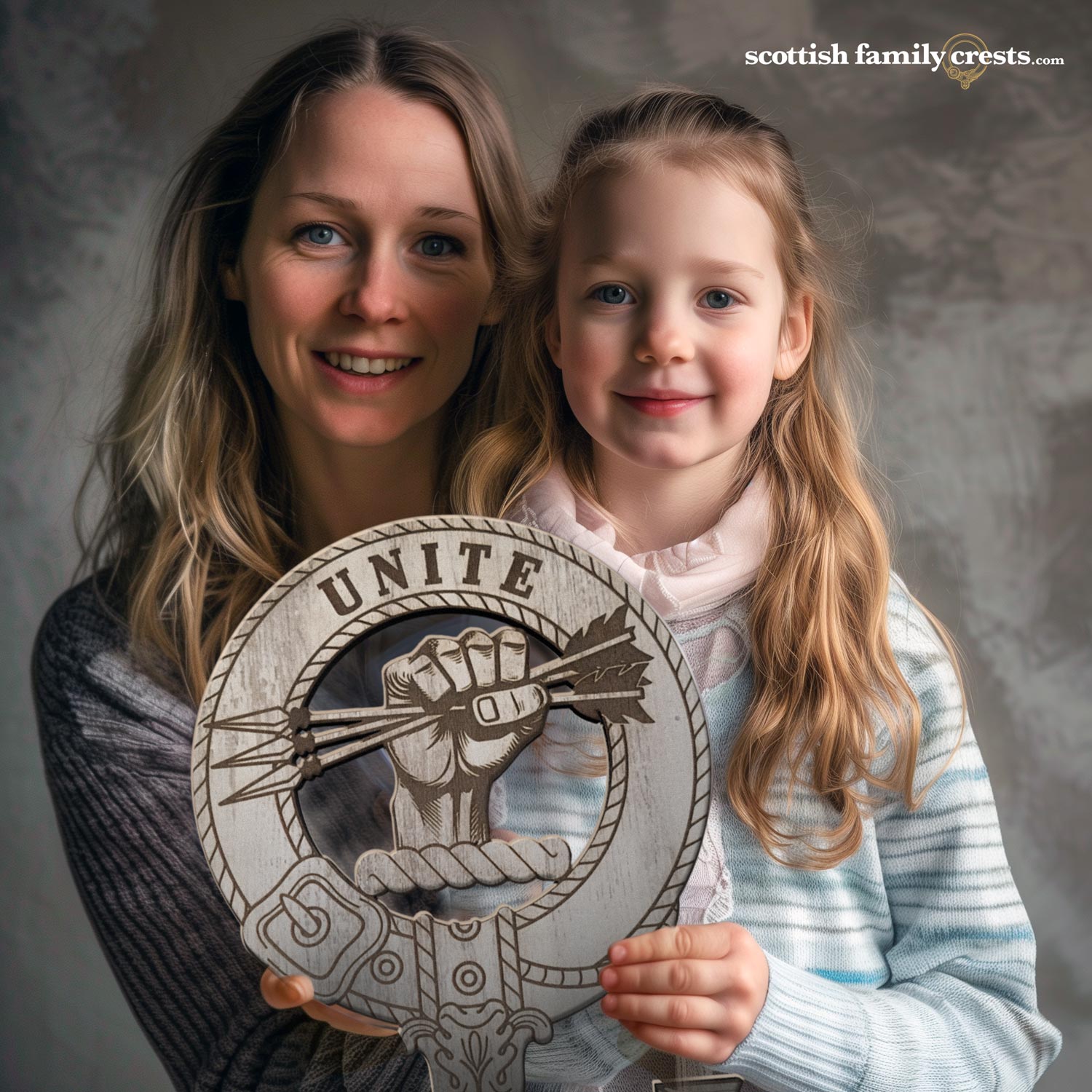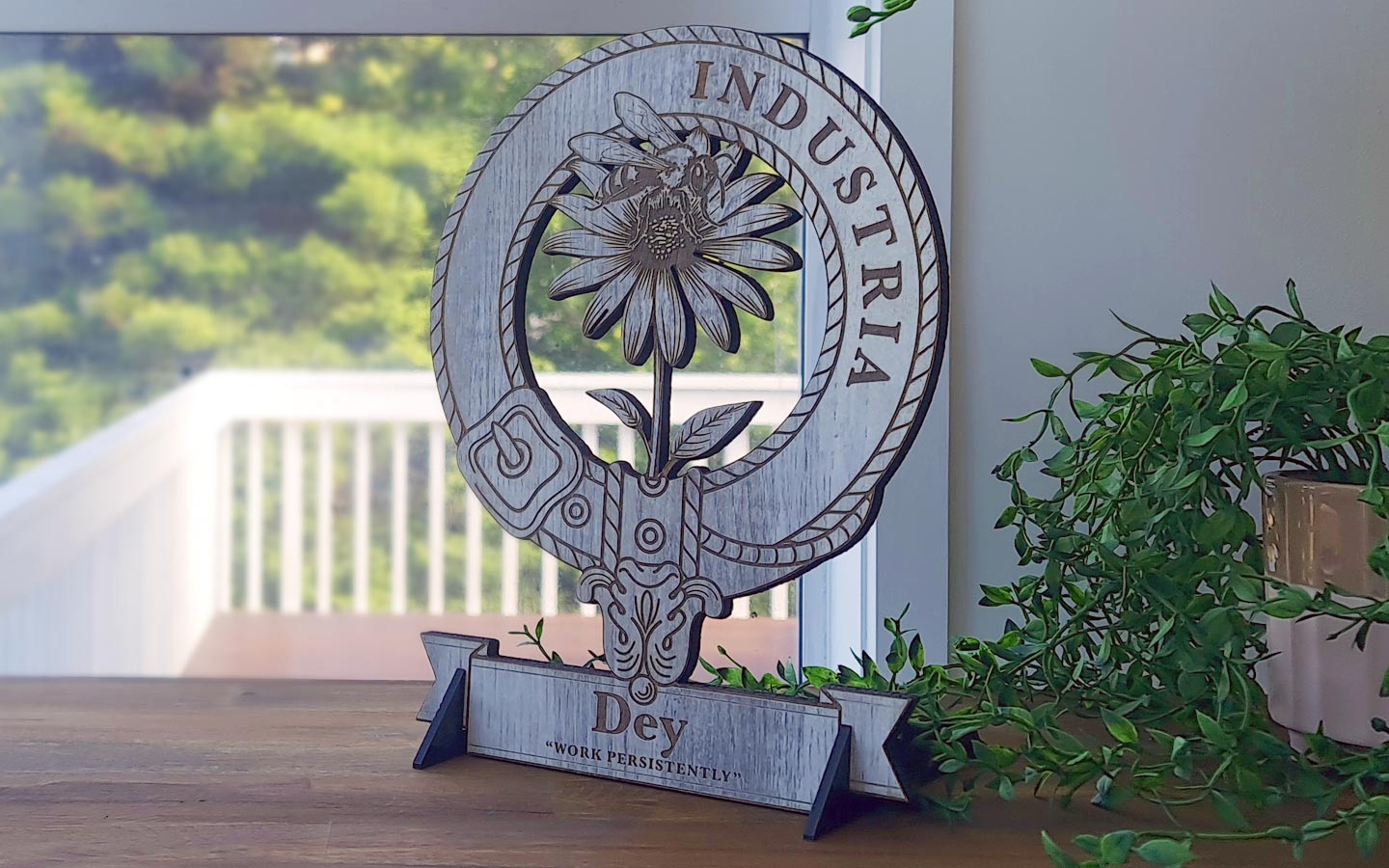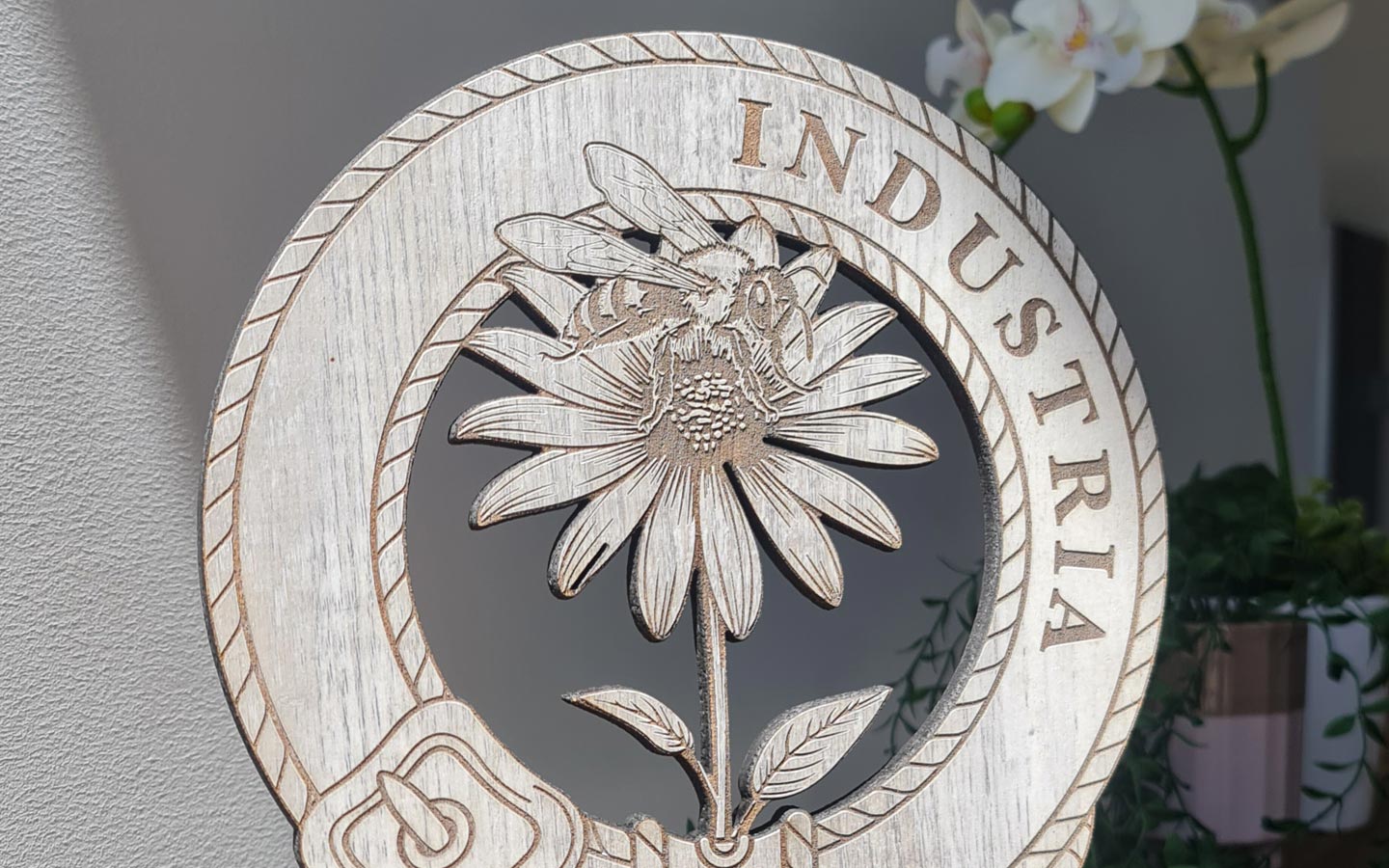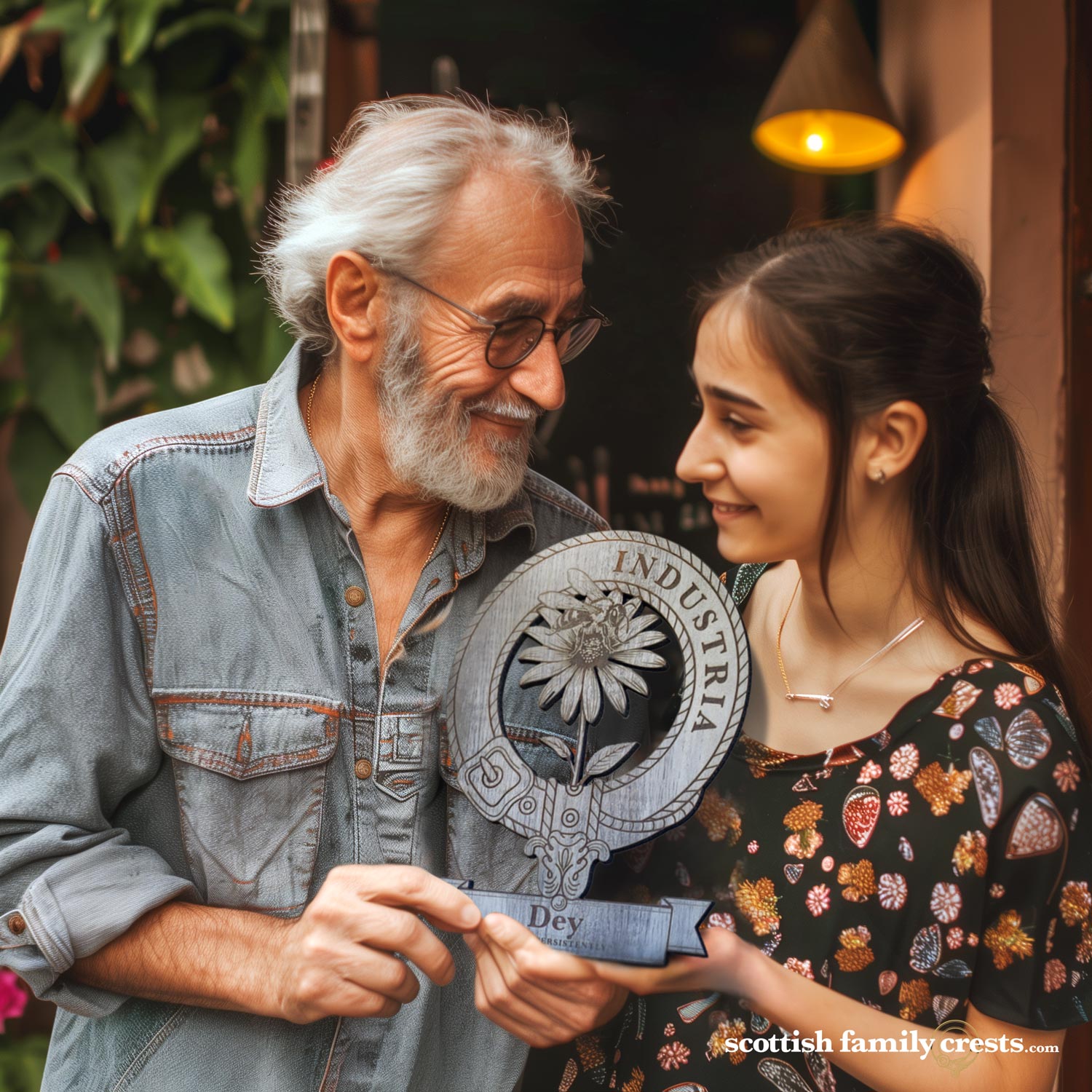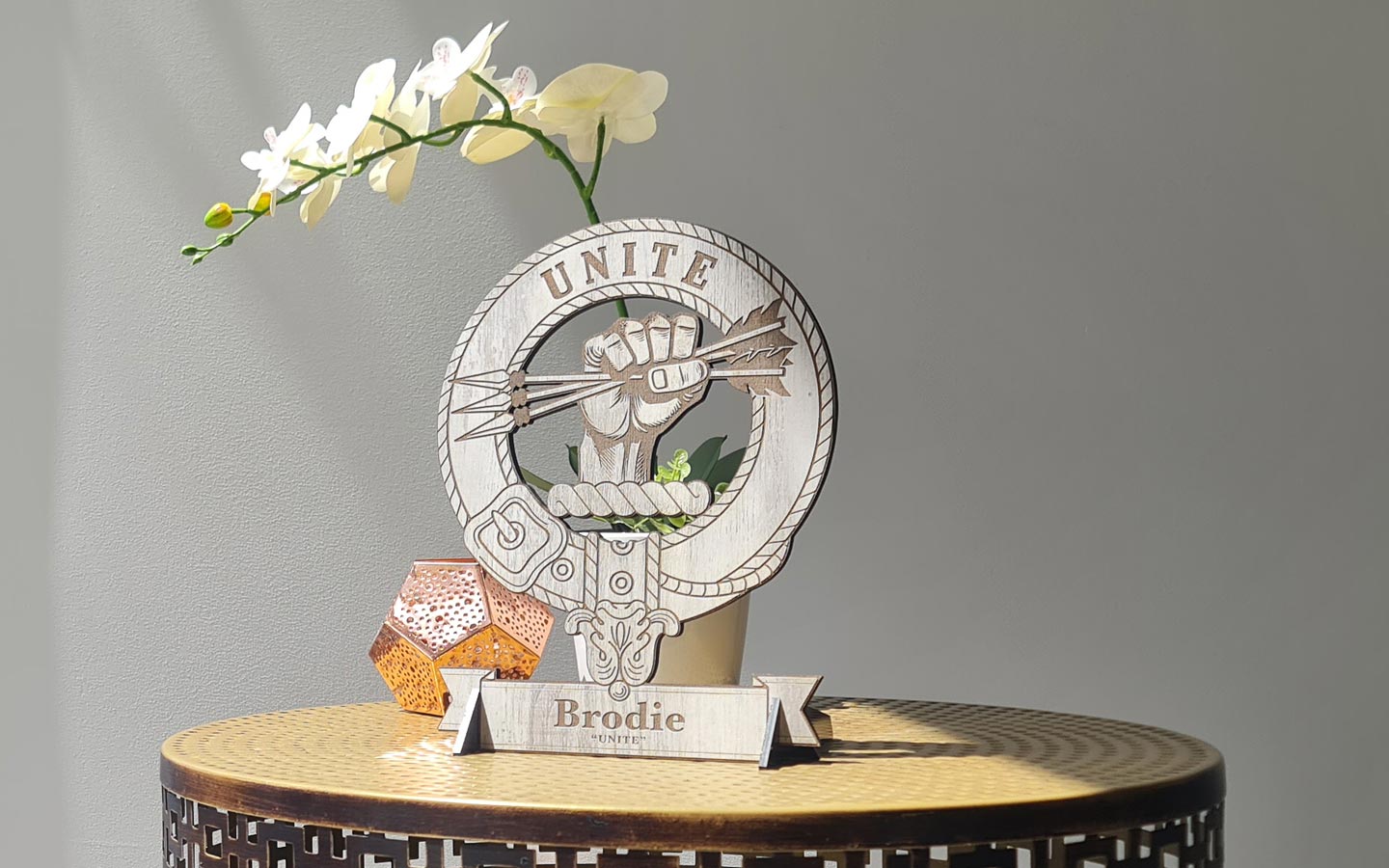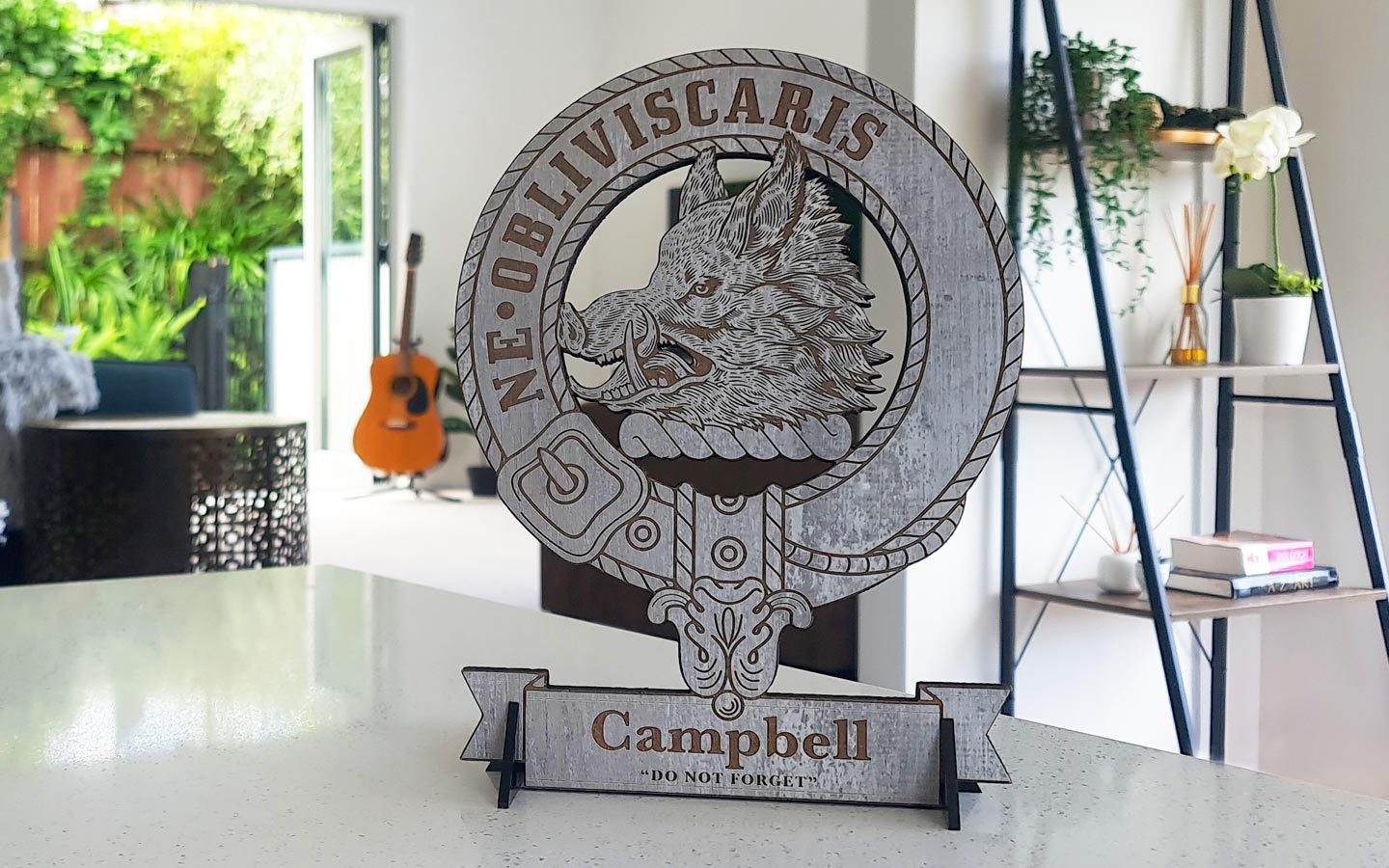The Falconer Family History & Ancestry
Let me share with you the captivating history of your family, the Falconers. The Falconer name finds its origin in the esteemed office of a falconer, a role responsible for breeding and training falcons or hawks for the noble sport. It was a position of great significance, and many illustrious Scottish noble houses maintained their own falconers. Your family proudly claimed to be falconers to the king, showcasing their close association with this esteemed role. According to the heraldic authority Alexander Nisbet, the earliest recorded mention of this name dates back to Ranulph, son of Walter, who served as falconer to King William the Lion around 1200. In recognition of his service, the falconer was granted lands in the Mearns, which were then named Hawkerton, a direct reference to his esteemed position. Another notable mention appears on the Ragman Roll of 1296, where Robert Falconer de Halkertoun swore allegiance to Edward I of England.
Your family flourished over the years, acquiring lands at Newton and Balendro. However, it was in the seventeenth century that they achieved remarkable prominence. Sir David Falconer of Newton, the second son of Sir David Falconer of Glenfarquhar, rose to become the Lord President of the Court of Session in Edinburgh in 1682, a position of immense honor and influence.
In 1678, Sir David Falconer married Mary Norvell, and their daughter Catherine Falconer would go on to become the mother of the renowned philosopher David Hume. Sir Alexander Falconer of Halkertoun, the elder brother of Sir David Falconer of Newton, also held a prominent position as a judge of the Court of Session, earning the title ‘Lord Halkertoun’. He was later elevated to the peerage as Baron Falconer of Halkertoun in 1647 and became a Privy Councillor in 1661. Military service was also a part of your family’s history, with the Honourable William Falconer losing his life in the Battle of Quebec in 1759.
A fascinating tale unfolds with the sixth Lord Falconer, William, who ventured to Gronigen in Holland to pursue his studies. There, he married Maria Rembertina van Iddekinge against the wishes of his family. As a consequence, the sixth Lord Falconer and his family were disowned and left to make their own way. Following his passing, his eldest surviving son, Antony Adriann Falconer, assumed the title of the seventh Lord Falconer. In 1776, after his marriage, he released his Dutch properties to his brother and sister and settled in Scotland. Furthermore, Antony Adriann Falconer succeeded his cousin George Keith as the Earl of Kintore, and the two titles remained linked until 1966. Unfortunately, with the passing of Arthur, the thirteenth Lord Falconer of Halkerton and tenth Earl of Kintore, the titles became dormant, although the Earldom of Kintore continued through a female line.
It is worth mentioning that the accomplished industrial architect Peter Serrell Falconer was presumed to be the heir to the Barony and Lordship of Halkerton, but he did not pursue the claim, adding an intriguing twist to the family’s history.
The Family Crest
Wherever in the world you live, embrace your family heritage and adorn your home with a timeless symbol of your family legacy with our crafted Family Crests.
Family Crest Motto: VIVE UT VIVAS (live that you may have life)
$150.00 Original price was: $150.00.$99.00Current price is: $99.00.
Copyright Notice: This artwork is protected by copyright law. Unauthorized reproduction, distribution, or usage of this artwork without explicit permission from ScottishFamilyCrest.com is strictly prohibited.

